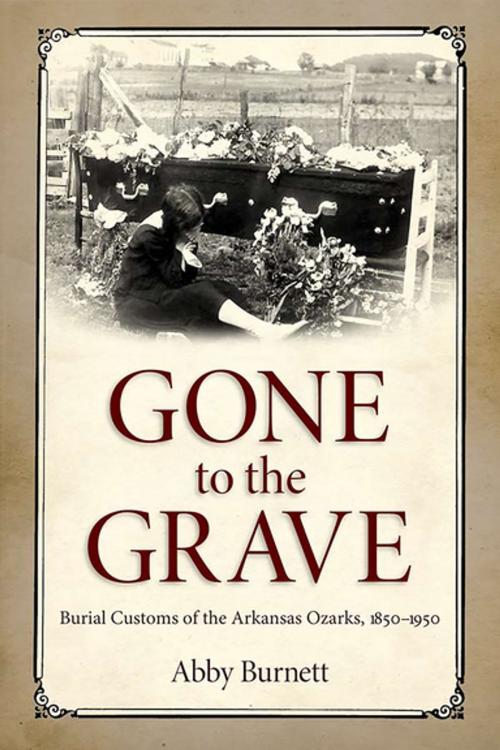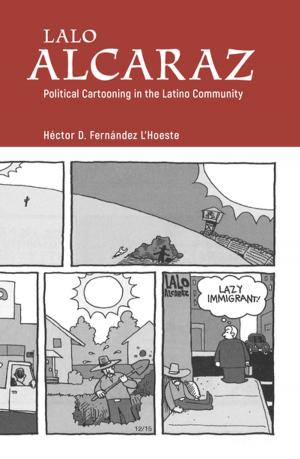Gone to the Grave
Burial Customs of the Arkansas Ozarks, 1850-1950
Nonfiction, Social & Cultural Studies, Social Science, Cultural Studies, Death & Dying, Folklore & Mythology, History, Americas, United States| Author: | Abby Burnett | ISBN: | 9781626743427 |
| Publisher: | University Press of Mississippi | Publication: | April 3, 2015 |
| Imprint: | University Press of Mississippi | Language: | English |
| Author: | Abby Burnett |
| ISBN: | 9781626743427 |
| Publisher: | University Press of Mississippi |
| Publication: | April 3, 2015 |
| Imprint: | University Press of Mississippi |
| Language: | English |
Before there was a death care industry where professional funeral directors offered embalming and other services, residents of the Arkansas Ozarks--and, for that matter, people throughout the South--buried their own dead. Every part of the complicated, labor-intensive process was handled within the deceased's community. This process included preparation of the body for burial, making a wooden coffin, digging the grave, and overseeing the burial ceremony, as well as observing a wide variety of customs and superstitions.
These traditions, especially in rural communities, remained the norm up through the end of World War II, after which a variety of factors, primarily the loss of manpower and the rise of the funeral industry, brought about the end of most customs.
Gone to the Grave, a meticulous autopsy of this now vanished way of life and death, documents mourning and practical rituals through interviews, diaries and reminiscences, obituaries, and a wide variety of other sources. Abby Burnett covers attempts to stave off death; passings that, for various reasons, could not be mourned according to tradition; factors contributing to high maternal and infant mortality; and the ways in which loss was expressed though obituaries and epitaphs. A concluding chapter examines early undertaking practices and the many angles funeral industry professionals worked to convince the public of the need for their services.
Before there was a death care industry where professional funeral directors offered embalming and other services, residents of the Arkansas Ozarks--and, for that matter, people throughout the South--buried their own dead. Every part of the complicated, labor-intensive process was handled within the deceased's community. This process included preparation of the body for burial, making a wooden coffin, digging the grave, and overseeing the burial ceremony, as well as observing a wide variety of customs and superstitions.
These traditions, especially in rural communities, remained the norm up through the end of World War II, after which a variety of factors, primarily the loss of manpower and the rise of the funeral industry, brought about the end of most customs.
Gone to the Grave, a meticulous autopsy of this now vanished way of life and death, documents mourning and practical rituals through interviews, diaries and reminiscences, obituaries, and a wide variety of other sources. Abby Burnett covers attempts to stave off death; passings that, for various reasons, could not be mourned according to tradition; factors contributing to high maternal and infant mortality; and the ways in which loss was expressed though obituaries and epitaphs. A concluding chapter examines early undertaking practices and the many angles funeral industry professionals worked to convince the public of the need for their services.















